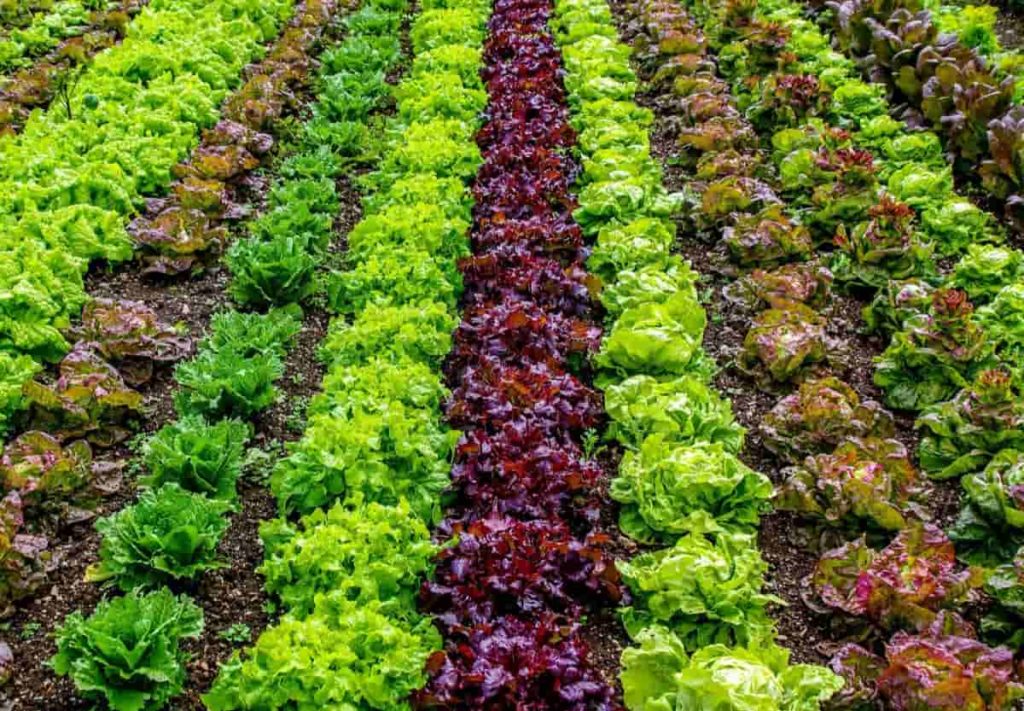Introduction:
Fertilizers, hailed as the elixir of agricultural productivity, play a pivotal role in modern farming practices. These chemical formulations promise to bolster soil fertility and enhance crop yields. However, the relationship between fertilizers and plants is a nuanced one, with both positive and potentially detrimental effects. In this exploration, we unravel the intricate dynamics of how fertilizers impact plant growth and the broader ecosystem.
The Positive Effects of Fertilizers on Plants: A Nutrient Boost
1. Increased Nutrient Availability:
Fertilizers are designed to provide essential nutrients—nitrogen, phosphorus, potassium, and others—that are crucial for plant growth. These nutrients serve as building blocks for various plant processes, from photosynthesis to root development. Fertilizers effectively address soil nutrient deficiencies, ensuring that plants have access to the elements they need to thrive.
2. Improved Growth and Yield:
The primary goal of fertilization is to enhance plant growth and increase crop yields. By supplying the necessary nutrients in optimal quantities, fertilizers promote vigorous vegetative growth, robust flowering, and higher fruit or seed production. This positive impact on productivity is particularly vital for meeting the demands of a growing global population.
3. Enhanced Resistance to Stress:
Well-nourished plants are better equipped to withstand environmental stressors. Fertilizers contribute to the development of stronger, more resilient plants that can endure challenges such as drought, pests, and diseases. This increased stress resistance is a key benefit, especially in the face of unpredictable climate conditions.
4. Accelerated Seedling Development:
Fertilizers are often applied during the early stages of plant growth to accelerate seedling development. This ensures a robust start for crops, leading to quicker establishment, better root systems, and improved overall health. For farmers aiming to maximize efficiency, timely fertilizer application can be a game-changer.
The Negative Effects of Fertilizers on Plants: A Double-Edged Sword
1. Overfertilization and Nutrient Imbalance:
While fertilizers aim to address nutrient deficiencies, excessive application can lead to overfertilization and nutrient imbalances. This imbalance, often characterized by an abundance of one nutrient and a deficiency of others, can disrupt the delicate equilibrium necessary for proper plant growth. It may result in nutrient toxicity, hindering rather than promoting overall plant health.
2. Soil Degradation and Environmental Impact:
Indiscriminate use of fertilizers can contribute to soil degradation and environmental pollution. Runoff from fields treated with fertilizers can contaminate water sources, leading to issues such as algal blooms and waterway pollution. Moreover, the accumulation of salts from fertilizers in the soil can adversely affect soil structure, reducing its fertility over time.
3. Dependency and Weakened Natural Processes:
Prolonged reliance on fertilizers may lead to a dependency that weakens the natural processes within the soil-plant ecosystem. Plants may become less adept at extracting nutrients from the soil on their own, as the constant influx of external nutrients diminishes the need for intricate root systems to scavenge for nutrients naturally.
4. Altered Microbial Communities:
Fertilizer application can disrupt the balance of soil microbial communities. Some microbes are sensitive to changes in nutrient levels, and the introduction of synthetic fertilizers may favor certain microbial species while inhibiting others. This alteration in the microbial composition can impact nutrient cycling and organic matter decomposition, influencing overall soil health.
Balancing Act: Sustainable Fertilizer Practices
1. Precision Application:
Adopting precision agriculture practices helps tailor fertilizer application to the specific needs of crops. By using technology such as GPS-guided systems, farmers can apply fertilizers with pinpoint accuracy, minimizing the risk of overfertilization and optimizing nutrient use efficiency.
2. Organic and Slow-Release Fertilizers:
Organic fertilizers, derived from natural sources, provide a more sustainable alternative to synthetic counterparts. These fertilizers release nutrients gradually, reducing the risk of nutrient imbalances and minimizing environmental impact. Slow-release formulations offer extended nutrient availability, promoting a more balanced and sustainable nutrient supply to plants.
3. Crop Rotation and Cover Crops:
Implementing crop rotation and cover cropping practices helps break the cycle of continuous fertilizer use. Different crops have varying nutrient requirements, and rotating crops allows the soil to recover and replenish between planting seasons. Cover crops contribute organic matter, enhance soil structure, and promote microbial diversity.
4. Soil Testing and Monitoring:
Regular soil testing allows farmers and gardeners to assess nutrient levels in the soil accurately. By understanding the specific needs of the soil and crops, they can make informed decisions regarding fertilizer types and application rates. Monitoring the impact of fertilization on plant health helps identify and address issues promptly.
Conclusion: Fertilizers as Partners in Growth
In the intricate dance between plants and fertilizers, the key lies in balance and mindfulness. While fertilizers offer the potential for remarkable growth and increased productivity, their effects on plants can be a double-edged sword. A judicious approach that considers soil health, nutrient requirements, and environmental sustainability is essential.
Fertilizers, when used responsibly and in conjunction with sustainable practices, can be valuable allies in the quest for global food security. It is incumbent upon farmers, gardeners, and policymakers to navigate this delicate relationship with a commitment to preserving the health of both plants and the planet. In doing so, we can harness the benefits of fertilizers while mitigating their potential negative consequences, forging a path toward a more sustainable and fruitful future for agriculture.




